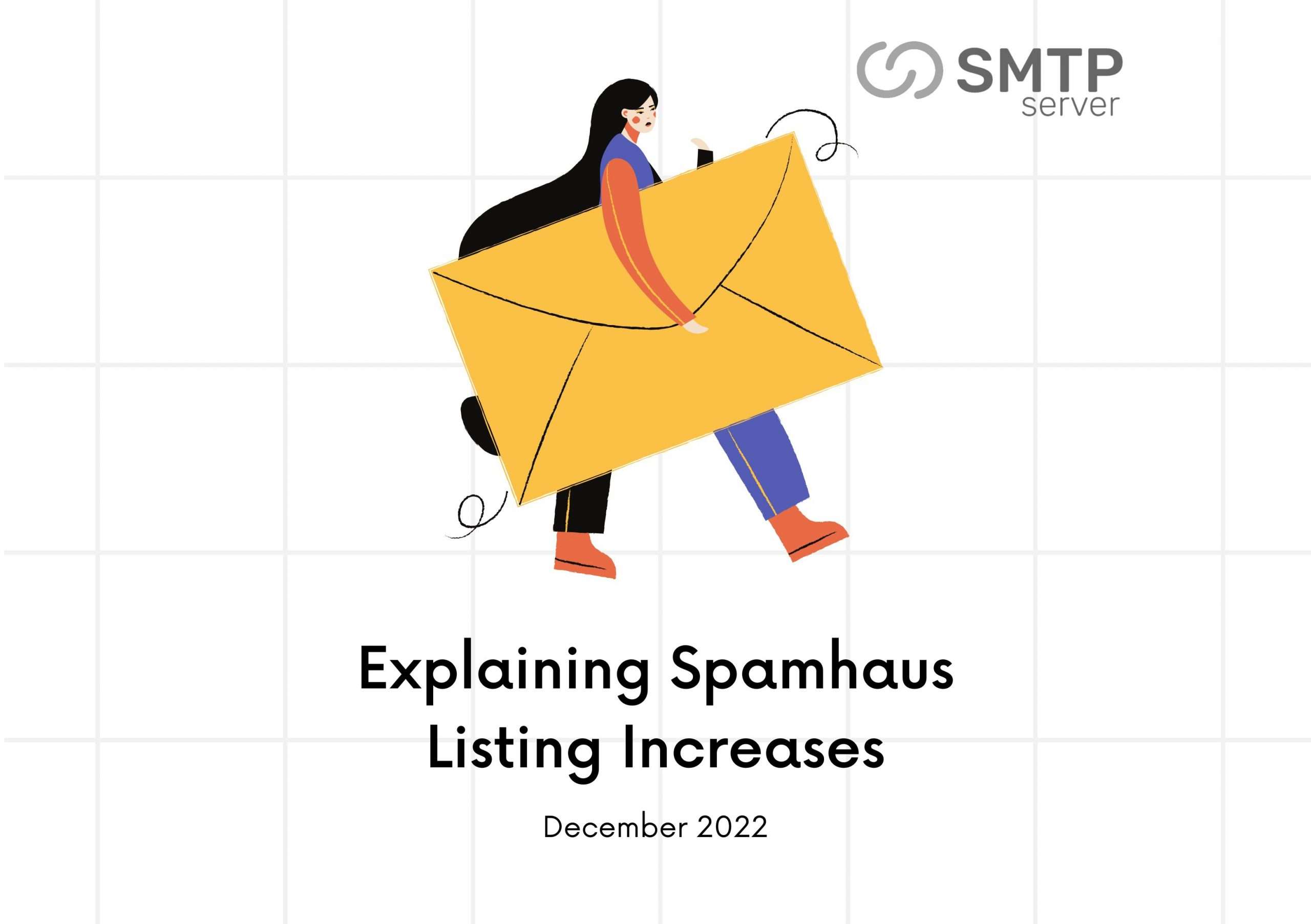1,954 total views, 2 views today
Here’s a sneaky little B2B marketing secret:
Our perspective on our email list is transactional: hundreds of names to direct via the sales funnel a tool that transforms leads into opportunities.
A source of income
As a result, we develop an email nurturing campaign or drip campaign that looks somewhat like this:
- In your marketing automation platform, create a series.
- Thank you for downloading our white paper, please send an email one right away.
- After three business days, send email number two with the subject line, “Here are some other resources you might find useful.”
- Send email three after waiting an additional three business days: “Sign up for our live webinar (a few seats are still available)”
- Recycle this lead if there are no opens or clicks so you may try again in six months.
- These kinds of campaigns are unsuccessful. In fact, I think they just work to harm the reputation of your brand. One might even go so far as to describe it as email abuse.
Why Drip Campaigns Are Used by Marketers
So why do we use drip marketing? Having said that, let’s first think about how we obtain email addresses:
- At a live conference, the badges of booth visitors were scanned.
- Because we were a platinum sponsor of the same conference, we had access to the complete contact list.
- The webinar from last month has registrations.
- Our most recent white paper has been downloaded.
- We still have old email addresses from the days when we used to buy names from list brokers.
The goal of each of these initiatives was lead generation. Therefore, our natural tendency is to start with a cold lead, educate them on what we have to offer, and then advance them to the following stage of the buying process.
The user never requested to receive emails from us. People realise that downloading a white paper will result in emails from the related brand, as stated in the fine print of your landing page, and you do have the right to send emails, as stated in the fine print.
I think that the majority of those who watch your webinar or download your white paper is still in the early stages of the sales cycle. Although they have an interest in the subject you choose, they are not customers for the goods and services you offer. They aren’t prepared to purchase.
What if the model were to be reversed?
Make sure they request emails from you. Make the greatest email newsletter in your sector. one that actually helps a target audience rather than just advertising your goods. Gain subscribers’ confidence with email marketing so that you are the company they think of first when they are ready to make a purchase.
Never again “blast” your list. And start a thing with your email newsletter.
Newsletters through email as a Thing
When your B2B email newsletter is active, it looks like this:
- It’s got a name.
- It has a regularly reported frequency (e.g., every week, every other week, once a month, etc.).
- It contains an opt-in page for new users; extra credit if you include links to previous issues on this page (to give potential subscribers a taste).
- Every issue of your newsletter includes the same name in the “From” line (i.e., your newsletter has a “host” or “curator”).
- With pride, your team invites you to sign up for your newsletter.
Do you see how this paradigm results in a more positive email exchange? First, you may start referring to this group of people — who are, after all, human — as “subscribers” and stop calling it your “email list.” You now create and distribute “issues” instead of “email blasts.”
The release date of the upcoming issue is known to subscribers, and ideally, they eagerly anticipate getting it. You eventually acquire the right (i.e., via the trust you gained) to occasionally mention your items and services if your newsletter is successfully servicing your readership. Yes, on occasion.
Resulting Events
Your new email newsletter has been available for at least six months. How can you know if you’re doing everything correctly? If unsubscriptions annoy you.
When email nurture was in use, you were too far away from your audience. If there was a 0.1% unsubscribe rate out of 10,000 people in a nurturing sequence, you would look at the percentage and be satisfied with the outcome.
In other words, a 0.1% unsubscribe rate is not as awful as a 0.2% or 0.5% unsubscribe rate. Today, though, you may find an email newsletter that genuinely wants to help its readers. Instead of focusing on 0.1%, you realise that this is 10 people. There are ten people who initially requested to receive your emails but have since changed their minds.
Maybe they didn’t get what they expected from your newsletter. They might no longer want to hear from you for a perfectly good cause. It should still upset you nevertheless.
Try including a question about unsubscribers’ reasons on your confirmation page as an optional prompt. After that, include that feedback in the composition of your newsletter.
Make your email newsletter something that is effective.





